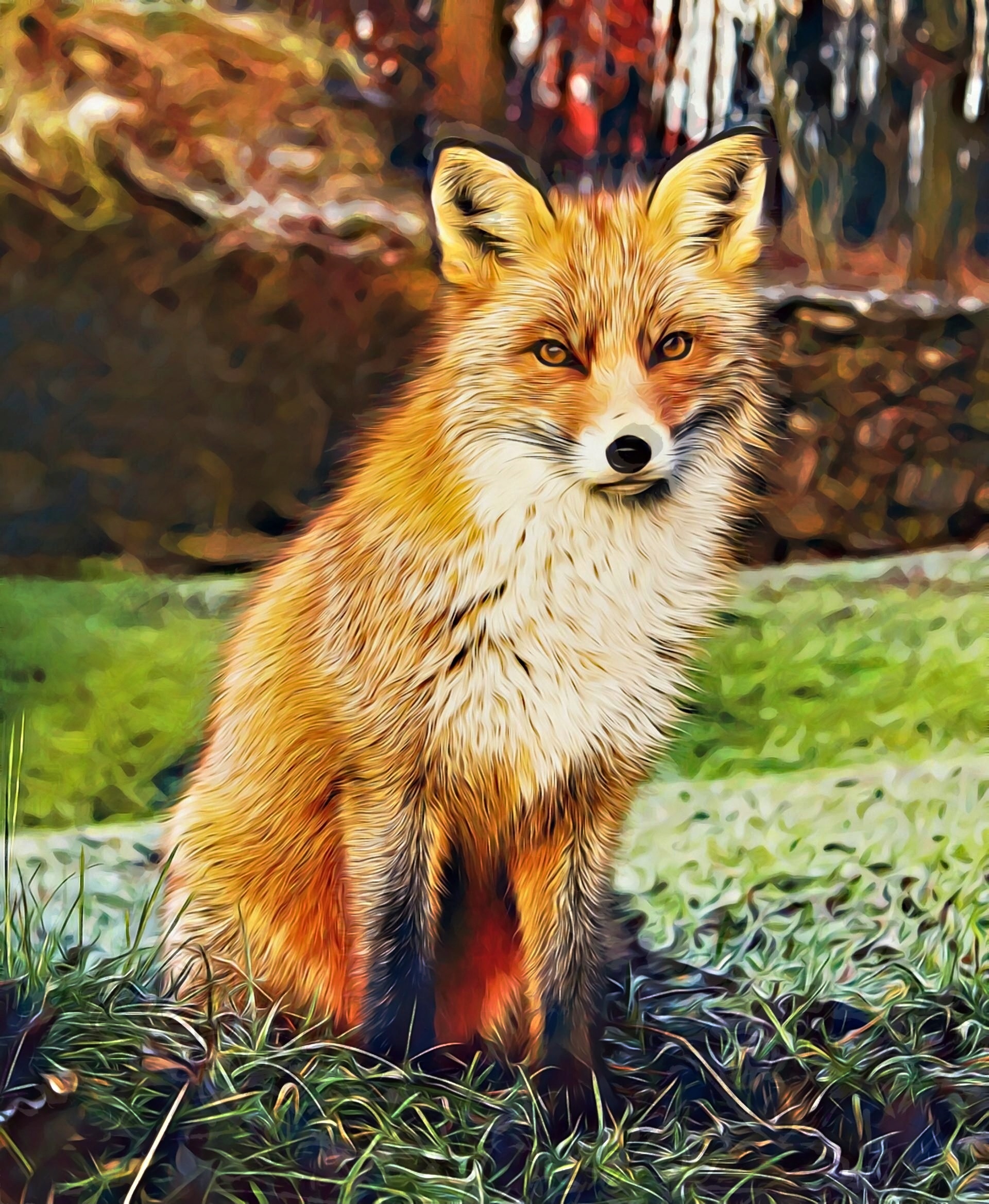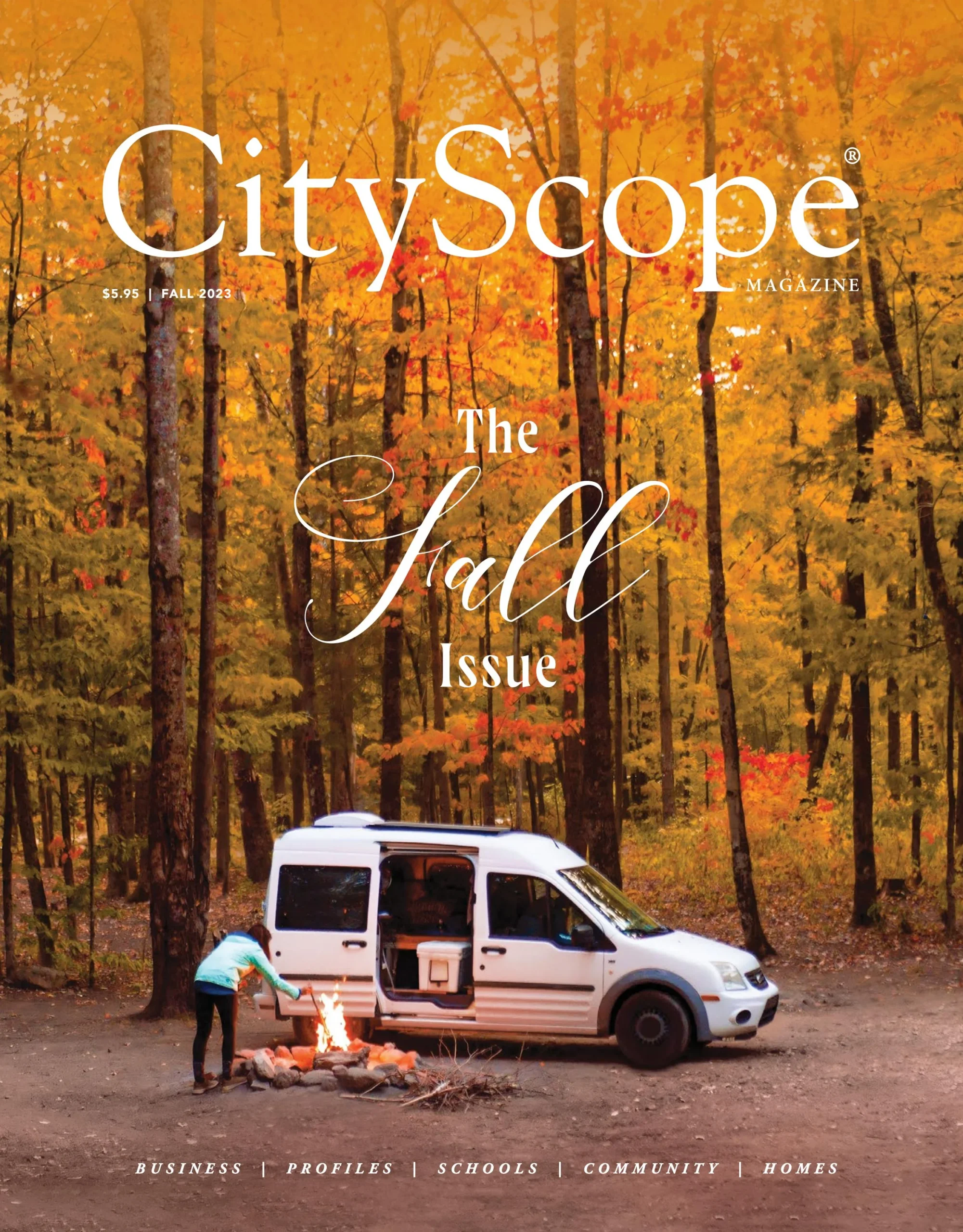The Saxon Field Pigeon is a particular breed of pigeon known for its distinctive appearance and behavior. The Saxon Field Pigeon is a unique and fascinating breed of pigeon that stands out due to its distinct appearance and behavior.
These pigeons have a striking appearance with their feather patterns and color variations. They are highly active birds and display agile flight maneuvers. Due to their impressive flying abilities, they are often kept for exhibitions and competitions. The Saxon Field Pigeons are known for their versatility and adaptability, making them a popular choice among pigeon fanciers.
We will explore the characteristics, history, and purpose of these magnificent birds. So, let’s dive into the world of the Saxon Field Pigeon and discover what makes them so captivating.
The History And Origins Of The Saxon Field Pigeon
When studying the diverse world of pigeons, one breed that stands out is the Saxon Field Pigeon. This particular bird species has a captivating history and intriguing origins. In this article, we will take a closer look at the migration patterns and geographical distribution, as well as the ancient references and cultural significance of the Saxon Field Pigeon.
Migration Patterns And Geographical Distribution
Understanding the migration patterns and geographical distribution of the Saxon Field Pigeon is essential to unraveling its history. These pigeons are known to have originated from the Saxon region of Germany. Over the centuries, they have spread to various parts of Europe, particularly in countries such as France, Belgium, and the Netherlands. Their presence has also been noted in other regions, including North America, where enthusiasts have actively bred and raised these pigeons.
The Saxon Field Pigeon’s migratory nature distinguishes it from other pigeon breeds. They possess a remarkable ability to navigate long distances, often guided by celestial cues and magnetic fields. These pigeons have been observed migrating during certain seasons, moving in groups, known as flocks, to find favorable breeding and feeding grounds. This behavior has allowed their distribution to extend beyond their native Saxon region, captivating the attention and interest of ornithologists and bird enthusiasts worldwide.
Ancient References And Cultural Significance
The history of the Saxon Field Pigeon is interwoven with ancient references and cultural significance. Throughout the ages, these pigeons have been depicted in paintings, tapestries, and other artworks, symbolizing love, loyalty, and peace. Their unique appearance, with distinct feather markings and a regal stance, has inspired artists and creatives across different cultures and time periods.
Ancient civilizations, such as the Egyptians and Romans, revered the Saxon Field Pigeon for its beauty and grace. They were often associated with deities and considered sacred birds, believed to bring good fortune and blessings. This cultural significance has persisted through the centuries, with the Saxon Field Pigeon being valued not only for its ornamental appeal but also for its gentle temperament and remarkable flying abilities.
| Migration Patterns | Geographical Distribution | Ancient References and Cultural Significance |
|---|---|---|
|
|
|
The Saxon Field Pigeon’s journey through history is a testament to its enduring legacy. From its migratory patterns and geographical distribution to its presence in ancient civilizations and cultural significance, this breed continues to captivate both bird enthusiasts and those fascinated by the rich tapestry of our shared human heritage.
Physical Characteristics And Unique Attributes
The Saxon Field Pigeon is a remarkable bird known for its distinctive physical characteristics and unique attributes. From its plumage to its size, shape, and strength, this pigeon stands out among others in the avian world.
Distinctive Plumage And Color Variations
The Saxon Field Pigeon’s plumage is truly a sight to behold. With a variety of color variations, each bird displays a unique and captivating blend of hues. The feathers of this pigeon can range from vibrant blues and greens to subtle grays and browns, creating an exquisite tapestry of colors. This array of plumage not only makes the Saxon Field Pigeon aesthetically pleasing but also serves as a form of camouflage in its natural habitat.
Notable Features: Size, Shape, And Strength
When it comes to size, the Saxon Field Pigeon certainly stands out. These birds boast an impressive physique, with an average length of 17-18 inches and a wingspan of 25-27 inches. This substantial size commands attention and distinguishes the Saxon Field Pigeon from its counterparts.
In addition, the shape of the Saxon Field Pigeon is notable. With a compact body and a graceful posture, these pigeons exude elegance and agility. Their streamlined shape allows them to navigate through the air swiftly, making them efficient and graceful flyers.
Furthermore, strength is a defining characteristic of the Saxon Field Pigeon. These birds are known for their robust build and powerful flight muscles. Their strength enables them to endure long flights and withstand challenging weather conditions with ease. Such resilience positions the Saxon Field Pigeon as an impressive and adaptable bird within the avian kingdom.
Behavior And Natural Habits In The Wild
The Saxon Field Pigeon displays fascinating behavior and natural habits in its wild habitat. These pigeons are known for their distinct traits and adaptive nature, making them an intriguing subject for observation. Discover the captivating world of the Saxon Field Pigeon and explore its wild behavior firsthand.
The Saxon Field Pigeon is a fascinating species known for its unique behavior and natural habits in the wild. Understanding their roaming patterns, breeding seasons, communication methods, and social hierarchy provides valuable insights into their lives. In this section, we will delve deeper into these aspects, shedding light on the intriguing behavior of the Saxon Field Pigeon.Roaming Patterns And Breeding Seasons
In the wild, Saxon Field Pigeons are highly territorial creatures with well-defined roaming patterns. They tend to establish their territory within a specific range and rarely venture beyond it. These ranges can vary in size depending on factors such as food availability and competition. During the breeding season, which typically occurs in the spring, Saxon Field Pigeons become more active and assertive in defending their territory. The males engage in elaborate courtship displays, showcasing their vibrant plumage and unique vocalizations to attract potential mates. Females, on the other hand, carefully select the most suitable partner based on these displays and the male’s ability to defend their territory.Communication Methods And Social Hierarchy
Communication plays a crucial role in the social structure of Saxon Field Pigeons. They utilize a variety of methods to convey messages within their flock and establish a clear social hierarchy. Vocalizations, body postures, and visual displays are among their primary communication tools. Saxon Field Pigeons communicate using a series of cooing, trilling, and chirping sounds. These vocalizations serve multiple purposes, including attracting mates, claiming territories, and warning others of potential threats. Each individual has a unique call, allowing for easy recognition among flock members. Within the flock, a complex social hierarchy emerges. Dominant males and females occupy the highest positions, asserting their authority and leading the group. Lesser-ranked individuals respect the hierarchy and adhere to specific social norms within the flock. This hierarchical structure promotes order and reduces conflict among Saxon Field Pigeons. To sum up, Saxon Field Pigeons exhibit fascinating behavior and natural habits in the wild. They establish roaming patterns and defend territories, with breeding seasons being a highlight of their social interactions. Through various communication methods, including unique vocalizations, these pigeons establish a clear social hierarchy within their flock. Understanding these behaviors enhances our appreciation for this captivating species in their natural habitat.The Saxon Field Pigeon In Modern Society
As modern society evolves, so do our interactions with various animal species. Among these is the Saxon Field Pigeon, a breed that has found its place in contemporary society through both domestication and breeding practices, as well as its utilization in competitive pigeon racing. Let’s explore these aspects further:
Domestication And Breeding Practices
Domestication of the Saxon Field Pigeon has allowed this magnificent breed to adapt to the changing needs of humans. Through careful breeding practices, these pigeons have been developed to possess enhanced flying abilities, intelligence, and desirable physical characteristics. Breeders selectively pair individuals with specific traits to ensure the continuation of these attributes in subsequent generations. This process has resulted in the evolution of a remarkable breed that excels in both performance and aesthetics.
In the breeding process, breeders often consider factors such as wing shape and size, plumage patterns, and overall health. They employ techniques to maintain genetic diversity and strengthen desirable traits within the population. As a result, Saxon Field Pigeons have become sought-after in the world of pigeon enthusiasts, captivating both breeders and pigeon lovers alike.
Utilization In Competitive Pigeon Racing
Pigeon racing is a popular sport that involves training and racing specially bred pigeons. The Saxon Field Pigeon has proven to be a formidable competitor in this realm. Their innate navigation abilities, endurance, and speed make them highly sought after by pigeon racing enthusiasts around the globe.
Competitive pigeon racing tests not only the bird’s physical capabilities but also its intelligence and problem-solving skills. Pigeons must navigate through unknown territories, relying solely on their natural instincts and homing abilities. The Saxon Field Pigeon exemplifies these qualities, often outperforming other breeds in long-distance races.
The sport of pigeon racing has not only provided a platform for the Saxon Field Pigeon to showcase its remarkable capabilities but has also fueled ongoing efforts to further improve the breed’s performance. Breeders continuously strive to enhance their birds’ racing prowess through selective breeding and training techniques, ensuring that the Saxon Field Pigeon remains in the forefront of competitive pigeon racing.
In conclusion, the Saxon Field Pigeon has found its place in modern society through both domestication and breeding practices, as well as its utilization in competitive pigeon racing. These remarkable birds continue to captivate enthusiasts and breeders alike, showcasing their exceptional attributes and contributing to the ever-evolving relationship between humans and animals.
Conservation Efforts And Future Outlook
The Saxon Field Pigeon is a remarkable bird species that holds great ecological and cultural significance. However, like many other avian species, it faces several threats to its survival. To address these challenges and secure a better future for the Saxon Field Pigeon, various conservation initiatives have been implemented. Additionally, the species’ potential role in eco-tourism and environmental education presents promising opportunities. Let’s explore these aspects in more detail:
Threats To The Species And Conservation Initiatives
The Saxon Field Pigeon, once widespread across its range, has experienced a decline in population due to habitat loss, agricultural intensification, and predation. These factors have significantly impacted the species, pushing it towards the brink of extinction. However, dedicated efforts have been made to safeguard the Saxon Field Pigeon and reverse its declining population.
A key conservation initiative focuses on preserving and restoring the bird’s natural habitat. This involves creating protected areas and engaging in habitat restoration projects to provide the necessary breeding grounds and foraging areas for the species. Additionally, collaborative efforts between conservation organizations, local communities, and governmental bodies have been crucial in raising awareness, implementing regulations, and enforcing strict monitoring practices to combat illegal hunting and predation.
To enhance the pigeon’s chances of survival and population recovery, captive breeding programs have also been established. These programs involve carefully selecting genetically diverse individuals from existing populations and creating captive colonies for breeding and reintroduction into suitable habitats. By improving genetic diversity and increasing the number of individuals, these efforts aim to strengthen the species’ resilience and ensure its long-term viability.
Potential Role In Eco-tourism And Environmental Education
The Saxon Field Pigeon presents a unique opportunity in the realm of eco-tourism and environmental education. With its distinctive appearance and cultural significance, the species has the potential to attract nature enthusiasts and birdwatchers from around the world, contributing to local economies and conservation efforts.
Eco-tourism activities centered around the Saxon Field Pigeon can include guided birdwatching tours, where visitors can observe the bird’s fascinating behaviors and learn about its role in the ecosystem. These experiences not only provide an immersive encounter with nature but also foster a deeper understanding and appreciation for the conservation of this iconic species.
Furthermore, incorporating the Saxon Field Pigeon into environmental education programs can play a crucial role in raising awareness among the younger generation. By highlighting the bird’s conservation status, threats faced, and the importance of biodiversity conservation, students can develop a sense of responsibility towards nature and actively contribute to the preservation of the species and its habitat.
In conclusion, through dedicated conservation initiatives and its potential role in eco-tourism and environmental education, the future outlook for the Saxon Field Pigeon is becoming increasingly optimistic. By addressing the threats it faces and engaging communities and visitors alike, we can ensure the continued existence of this magnificent bird while instilling a sense of connection to the natural world among future generations.

Credit: opensea.io
Frequently Asked Questions Of Saxon Field Pigeon
What Is The Rarest Pigeon In The World?
The Nicobar pigeon is the rarest pigeon in the world. It is known for its vibrant colors and unique appearance.
Why Are Pigeons No Longer Domesticated?
Pigeons are no longer domesticated because their wild nature makes them less suitable for captivity.
Why Were Pigeons Brought To America?
The pigeons were brought to America as a source of food and for their ability to carry messages over long distances.
What Did Pigeons Evolve From?
Pigeons evolved from a group of birds known as doves, both belonging to the family Columbidae.
Conclusion
To sum it up, the Saxon Field Pigeon is a remarkable breed known for its elegant appearance and gentle demeanor. Whether you’re an enthusiast seeking a loyal companion or a breeder aiming to preserve this heritage breed, the Saxon Field Pigeon offers a perfect choice.
With its unique features and historical significance, this pigeon holds a special place in the hearts of bird lovers worldwide. Explore the fascinating world of the Saxon Field Pigeon and discover the joy of owning this extraordinary feathered friend.

Maruf, a true pigeon aficionado, finds solace and joy in the company of these graceful birds. His unwavering devotion to pigeons is a testament to his deep appreciation for their beauty and grace. Maruf’s passion for caring for and nurturing these feathered friends is truly inspiring to fellow bird enthusiasts.
